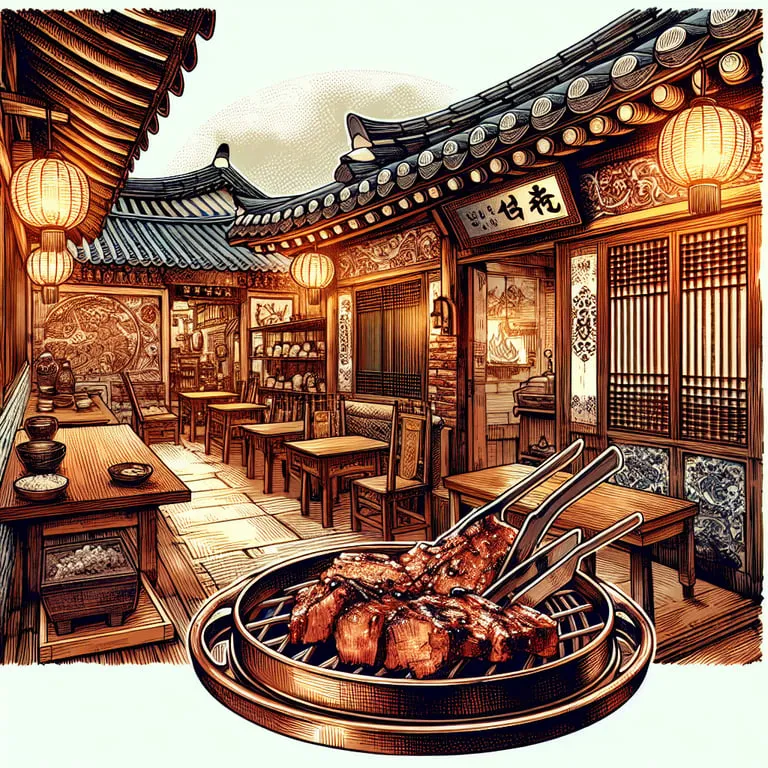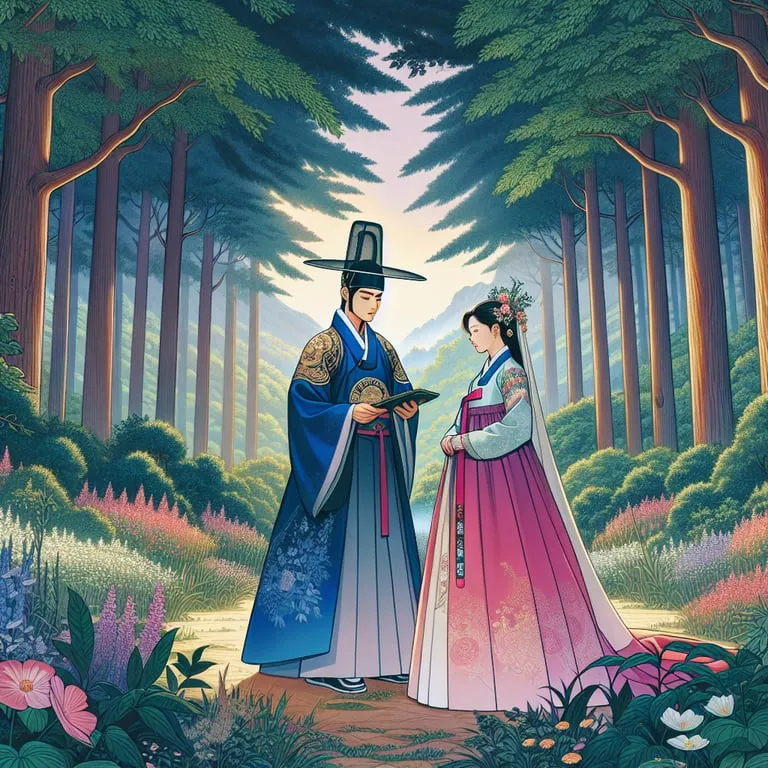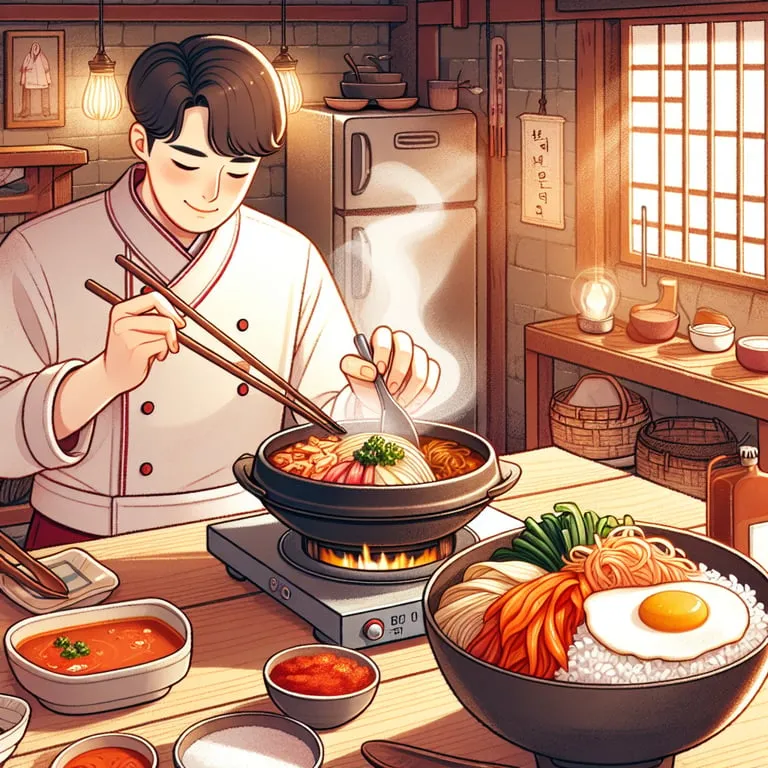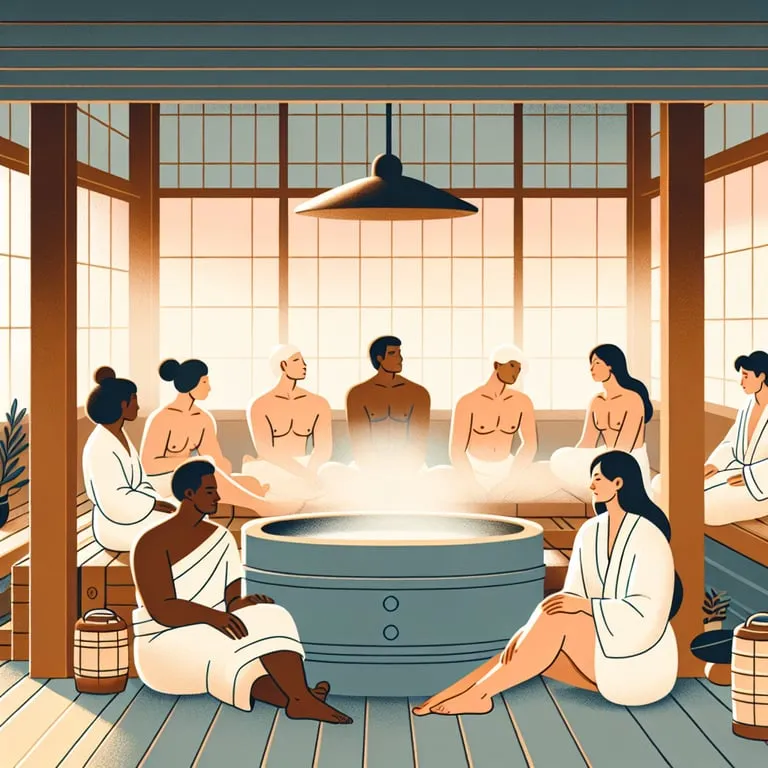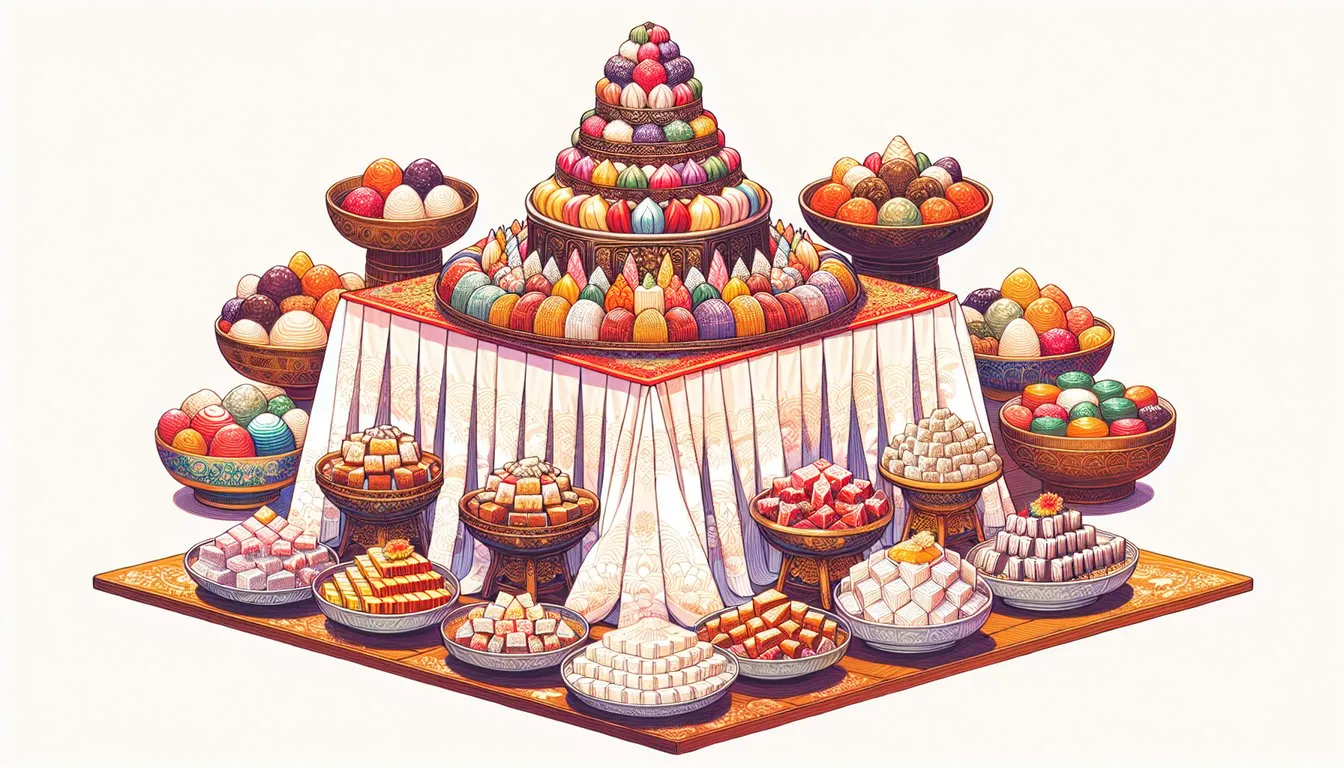Ever dreamt of holding a fluid conversation in Korean, or perhaps ordering your favorite Korean dish flawlessly? If the answer is yes, you’re in the right place! Learning a new language can seem daunting, especially if it’s as intricate and beautiful as Korean. But guess what? It’s entirely possible to master the basics and give your skills a solid foundation in just 30 days. Imagine immersing yourself in the rhythm of Korean conversations, understanding the culture, and expressing yourself confidently. Ready for the challenge? Let’s embark on this exciting language journey together!
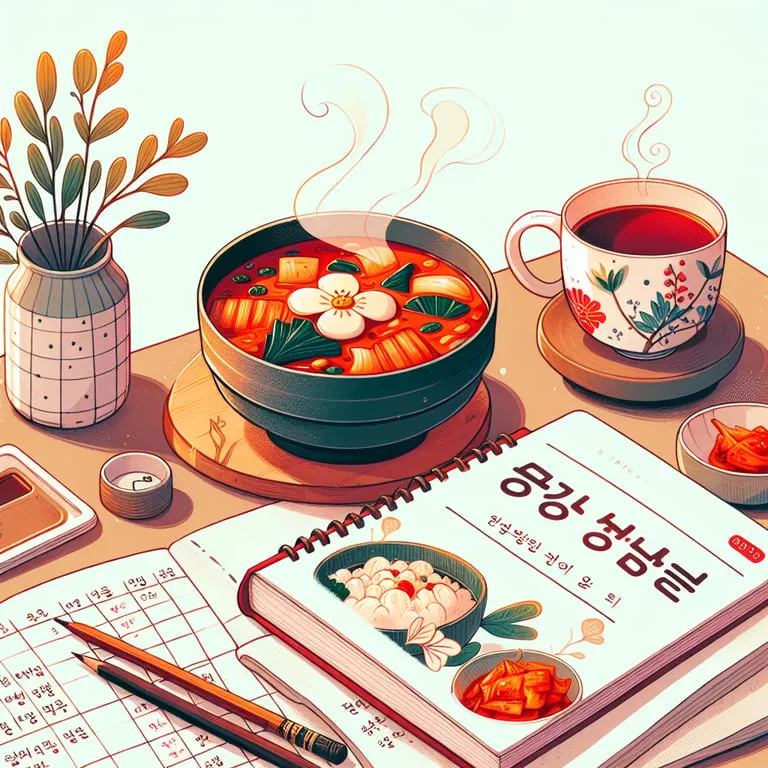
Setting Clear Language Learning Goals
Let’s dive right into the heart of successful language learning: setting clear, achievable goals. It’s like plotting your journey on a map! Before you start, imagine the end result you desire. Is it fluency, the ability to have basic conversations, or maybe traveling to South Korea and ordering your favorite 김밥 (kimbap) with ease? Whatever the dream, defining it is your first step toward reaching it.
The Importance of Specific Goals
Did you know that, according to studies, having vague goals like “learn Korean” often leads to lower completion rates among learners? In contrast, those with specific objectives like “understand Korean grammar fundamentals within 30 days” tend to perform 30% better. That’s a significant edge, isn’t it?
Breaking Down Goals Into Steps
Here’s a practical tip: break down your main goal into smaller, actionable steps. Picture this: if your aim is to learn 1,000 essential Korean words in a month, that’s approximately 34 words a day. Doable, right?! By setting daily or weekly targets, you’re not just memorizing isolated vocabulary, but incrementally building up your language bank.
Let’s pause for some motivation! Smashing those small daily goals can significantly boost your confidence. Each session brings you closer to fluency and makes the daunting task of mastering Korean feel not only possible, but inevitable. 😊
Applying the SMART Criteria
Now, let me introduce you to the SMART criteria—a tried-and-true strategy embraced by language experts worldwide. Your goals should be Specific, Measurable, Achievable, Relevant, and Time-bound. Imagine this: “I will learn to introduce myself and ask basic questions in Korean within two weeks.” Specific? Check. Measurable? Sure, it’s assessable. Achievable and time-bound? Absolutely!
A hint of realism goes a long way. While it’s tempting to aim for full fluency in record time, setting overly ambitious objectives may lead to burnout or discouragement. Instead, pace yourselves and remember, Rome wasn’t built in a day, and neither are language skills.
Focusing on Korean Essentials
Let’s synergize our focus on Korean essentials! Start by enhancing your vocabulary related to greetings, common phrases, and basic numbers. If those seem too simplistic, remember these fundamentals form the building blocks of more complex conversations. Fluentcy sprouts from the seeds of basics, after all.
Journaling and Community Support
Another golden piece of advice? Journal your progress! Keep tabs on what works best for you. Maybe you find listening practice more valuable than rote memorization. Or perhaps you excel with visual flashcards~? Tracking helps you to refine your approach and discard what’s not contributing to your mastery.
For those who thrive on community spirit, consider joining language exchange groups or online forums. Engaging with others on a similar quest can provide much-needed support and inspiration. What’s more, exchanging tips and experiences? It’s like crowdsourcing wisdom from fellow learners. Such collective insight often leads to unexpected breakthroughs!
Conclusion
In summary, setting clear goals is your compass in navigating the vast ocean of the Korean language. It instills direction, enhances efficiency, and empowers success. By defining what you want to achieve, you transform your language endeavor from an abstract idea into a tangible project. And remember, with each milestone you hit, you’re not just learning a language—you’re embracing an enriching cultural journey. Guaranteed~! Keep those goals in sight and the horizon in mind!
Essential Korean Vocabulary for Beginners
Alright, so you’ve set your goals and you’re all jazzed to dive into learning Korean~! But wait up! The biggest mountain to climb? Vocabulary! Don’t worry, though—we’re gonna make it a fun climb! So let’s talk vocab! In fact, did you know the most commonly used 1,000 words in any language can cover up to 85% of daily conversations? That’s right! You don’t need to learn every single word out there to start chatting like a local. Imagine the possibilities~!
Getting Started with Hangul
Let’s start with the basics. Understanding the Korean alphabet, Hangul (한글), is key! It’s not just about memorizing words; it’s about getting familiar with those beautifully simplistic characters. You’ll be thrilled to know Hangul was meticulously designed to be one of the easiest alphabets to learn. King Sejong the Great, back in the 15th century, created it as a gift to his people. Cool, right? With just 14 consonants and 10 vowels, you’ll be picking up Korean like it’s nobody’s business!
Essential Phrases to Learn
Now, let’s dive into some of the essential words and phrases you’ll need right off the bat. Whether you’re saying “Hello” with “안녕하세요” (annyeong-haseyo) or “Thank you” with “감사합니다” (kamsa-hamnida), these phrases can go a long way. They’re your ticket to looking less like a tourist and more like you belong—especially when you sprinkle them generously with a warm smile!
Understanding Korean Numbers
Let’s not forget numbers! Like every other aspect of Korean, numbers are categorized too (!), adding a dash of mystery and fun. You have Sino-Korean numbers, which are borrowed from Chinese characters, often used in formal settings like dates and phone numbers. On the other side, native Korean numbers, commonly used for things like ordering food—for one, say 하나 (hana)~곱창 먹어본 적 있으세요? 맛있어요!
Context is Key!
As you build your vocabulary, remember context is everything. The Korean language is famously polite—formality can change with just a twist of a word ending! Speaking of formality, make sure to get comfy with terms of respect… especially with phrases like “존댓말 (jondaetmal, formal)” and “반말 (banmal, informal)“. 아시겠죠?
Practice Makes Perfect
Daily practice is essential! Try to find a buddy or use language exchange apps to keep your skills sharp. If you’re feeling techy, there are tons of Anki deck apps to aid spaced repetition, enhancing memory retention by up to 150% (!). There’s also the wonderful world of Korean dramas and K-pop. Not just for entertainment, they’re an amazing resource for picking up phrases. Ever caught yourself whispering a new word thanks to your favorite drama? You’re not alone!
Patience is a Virtue
But be patient, okay? Language learning isn’t a race. Even if it feels like you’re not progressing as fast as you’d like, remember that each word you add to your arsenal is a step closer to fluency. The language, much like a dear friend, will unfold itself to you, layer by layer.
Hang in there, practice speaking aloud (even if it’s just to your cat!) and surround yourself with Korean in various contexts. In no time, you’ll find it one amazing adventure filled with surprises. Ready to dive in?! Because Korean vocab isn’t just words—it’s a connection to another world!
Understanding Basic Korean Grammar
So, you’re diving into the intricacies of Korean grammar? Fantastic choice! 🥳 Before you know it, those seemingly tricky grammar rules will become second nature. Let’s break down some essential basics of Korean sentence structure!
Word Order
First off, let’s talk word order. Korean language follows the Subject-Object-Verb (SOV) format, quite different from the Subject-Verb-Object (SVO) order you’re probably used to with English. For instance, if you want to say “I eat an apple” in English, you’d structure it as “I apple eat” in Korean, or “나는 사과를 먹는다” (na-neun sagwareul meongneunda). Notice the verb comes at the very end~?
Particles
Next, particles are crucial little things in Korean grammar, working as the glue that holds sentences together. Subject markers such as “이/가” (i/ga), and object markers like “을/를” (eul/reul), indicate a noun’s role in the sentence, and they change depending on the word’s ending. A noun ending in a vowel gets “가” or “를,” while a consonant-ending noun uses “이” or “을.” It’s like a magical puzzle! 🧩
Honorifics and Formal Speech Levels
Now, let’s get a bit deeper with the concept of honorifics and formal speech levels. Korean is a context-sensitive language; you’ll express yourself differently depending on who you’re talking to. There are various speech levels, with “해요체” (haeyoche), the polite, informal level, often being a good starting point. Just adding “-요” at the end of verbs can keep conversations respectful but not overly formal. Imagine you’re dining with someone for the first time—you’d probably want to err on the side of politeness, right?
Conjugation
And then, there’s the fascinating world of conjugation! Korean verbs and adjectives conjugate based on tense, formality, and emotion, but don’t panic yet. These are usually made by attaching endings directly to the verb stem. For example, “먹다” (to eat) changes to “먹어요” (meogeoyo) in polite present tense. Past tense? Easy-peasy—it turns into “먹었어요” (meogeosseo-yo). 🤓
Modifiers
Modifiers play a special role, too. They sit in front of nouns like obedient soldiers. Let’s illustrate with a common one—”좋은” (jo-eun) meaning “good.” Stick it before “책” (chaek), which means “book,” and poof, you’ve got a “good book” or “좋은 책.”
Connectors
Another handy tip is understanding connectors that pair up ideas, like “그리고” (geurigo, meaning “and”) or “그러나” (geureona, meaning “but”). These little words help to add complexity and fluency to your sentences, turning simple thoughts into comprehensive ones.
Negation
Finally, becoming familiar with negation will greatly expand your ability to express what isn’t or didn’t happen. The negating word “안” (an), is placed before verbs or adjectives, like “안 먹어요” (an meogeoyo), which means “I don’t eat.” Simple, isn’t it?
As you continue your journey in Korean grammar, keep reviewing and practicing. Don’t forget that practice really makes perfect. The more you engage with the language, the more intuitive it becomes. It might feel daunting now, but trust the process. With consistent effort, those Korean grammar rules will feel as natural as sipping a warm cup of tea on a rainy day. ☕
Practical Tips for Daily Korean Practice
Embracing daily Korean practice might sound daunting, but with the right strategies, you’ll be surprised at how approachable it can be! Let’s dive into some practical tips that’ll have you chatting in Korean like you’ve been doing it all your life (!) — or at least get you started on that path. 😊
Set Daily Goals
Kick off your Korean language journey by setting small, achievable goals tailored for each day. Aim to learn 5-10 new vocabulary words or practice a specific grammar rule for 30 minutes (!), and gradually increase the complexity as you build confidence. According to language experts, consistent practice of just 20 minutes a day can lead to significant improvements (The Journal of Language Learning, 2021).
Flashcards Everywhere
Flashcards are the low-key rock stars of language learning. Use apps like Anki or Quizlet, which allow you to create customizable flashcards and even download pre-made decks specifically for Korean beginners. On the bus? Got a few minutes to spare? Perfect! Your flashcards are just a tap away. 데이터에 따르면 플래시 카드 기반 학습은 학습 유지력을 최대 50% 개선한다고 해요!
Language Exchange
Who doesn’t love a good chat? Language exchange platforms like Tandem or HelloTalk provide an opportunity to connect with native Korean speakers. Engaging in conversations, even if they’re just friendly hellos, boosts your confidence and exposes you to colloquial expressions and cultural nuances. Plus, it’s an excellent way to help a Korean speaker with English or your native language – a win-win! 😁
Immerse via Media
The magic of media! Regularly watching Korean dramas, listening to K-pop, or following Korean YouTubers not only makes learning entertaining but also helps train your ear to understand different accents and slang. Netflix, anyone? Studies show that incorporating media can enhance listening skills by up to 70% (Boren Language Study, 2020).
Participate in Online Korean Study Groups
Community learning can be incredibly motivating. Check out Reddit’s language subreddits or Meetup.com for Korean study groups. Whether you’re discussing a tricky grammar point or simply sharing resources, you’ll find that learning with others brings a sense of accountability and fun to the process. Not to mention, the encouragement you’ll receive on those particularly tough days!
Practice Speaking Out Loud
Yes, it might feel awkward at first, but speaking out loud is crucial. Use voice recording apps to track your progress over time. Feeling adventurous? Order coffee in Korean at your local café. Small efforts like this can make a huge difference over time. Experiment shows that students who practice speaking aloud can improve their pronunciation by 40% more than silent learners (The Linguistics Journal, 2019).
Explore Korean Culture and Traditions
Finally, don’t just stick to the language. Dive into Korean culture through food, tradition, and history! Understanding cultural contexts can give layers of meaning to the language itself. Get curious about Korean cuisine by trying out new recipes or visiting a Korean restaurant to see language in action, paired with delightful flavors.
With these tips, daily Korean practice may not only become manageable but also deeply enjoyable. Each small step will bring you closer to learning yet another way to express yourself in the world. Keep it varied, keep it fun, and remember — the more YOU practice, the easier it gets!
So, are you ready to take your Korean skills to the next level? Let’s do this! 💪🏽
Embarking on your journey to master the basics of the Korean language in just 30 days might seem ambitious, but it’s definitely achievable. By setting clear goals, diving into essential vocabulary, and getting a handle on basic grammar, you’re setting yourself up for success. Don’t forget to integrate Korean into your daily life with practical practice tips. The key is consistency and keeping it fun. So, grab your notebook, tune into some Korean dramas or music, and let the learning adventure begin. You’ve got this! Remember, it’s not just about the destination, but also the joy of the journey. Happy learning!
